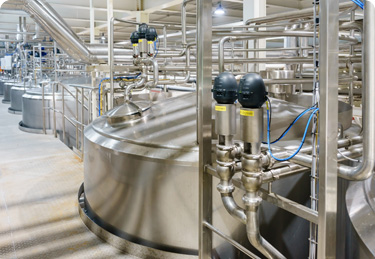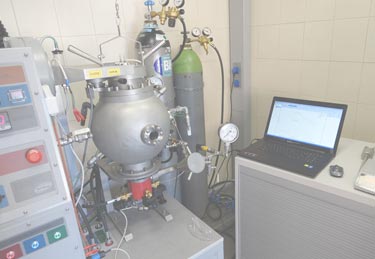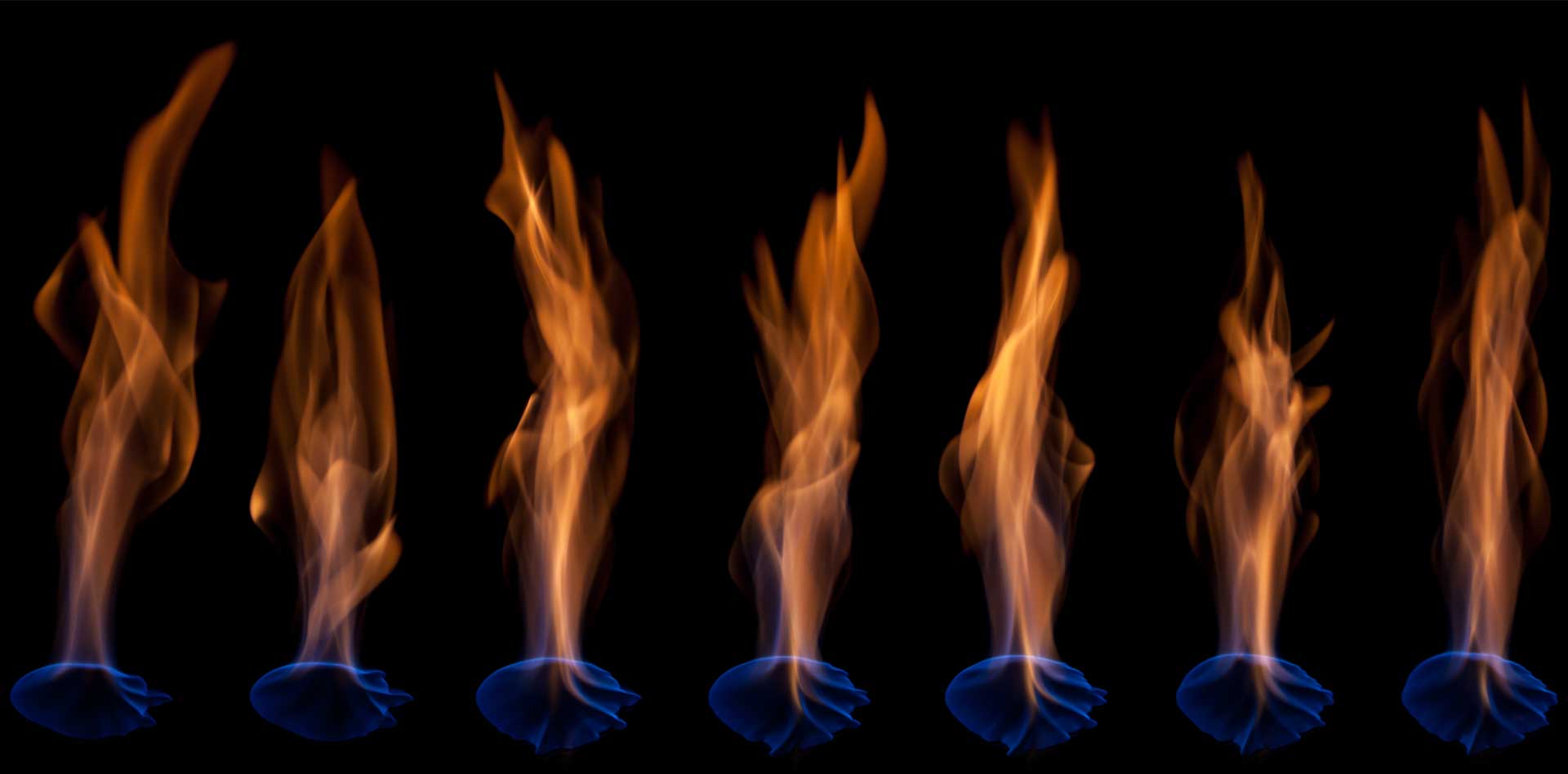Search
Nitrogen Gas to Prevent Explosions and Fires; Nitrogen Gas as a Killer

In June last year, a researcher fell to the ground while manually filling a flask and tank with liquid nitrogen. A colleague entered the room and heard escaping gas which she identified as nitrogen. She turned off the gas and then collapsed in a heap on top of the first victim. A third and fourth colleague entered the room; they had to leave for fresh air and were unable to pull the victims clear. The research worker’s colleagues survived and could give evidence to the investigating Sheriff Court. Unfortunately, the first researcher died of asphyxiation.
This incident occurred in Scotland and resulted in the successful prosecution of the deceased employer for (1) inadequate ventilation, (2) failing to ensure a warning alarm was switched on and (3) failing to install a safety device that could automatically stop an excess flow of nitrogen from the liquid nitrogen storage tank [Ref 1].
Situation in USA
Between 1992 and 2002, there were 80 industrial deaths in USA caused by nitrogen asphyxiation [Ref 2]. Yet nitrogen is an incredibly useful gas. Indeed, in our work as process safety consultants, we routinely recommend the use of nitrogen as a way of preventing fire and explosions in process vessels. We regularly measure Limiting Oxygen Concentration (LOC) of dust clouds in air in our process safety laboratories. But as our real-life story illustrates, nitrogen gas has risks associated with its use and taking precautions to mitigate these risks are essential.
In this article, we look at the effect of nitrogen on the human body and on the precautions available to protect against the dangers of asphyxiation.
The Positives of Nitrogen Gas
Nitrogen gas is widely used on industrial plant and processes to keep them safe from fires, flash fires, and explosions. As the oxygen in air is gradually replaced with nitrogen, it becomes harder and harder to initiate an explosion and fire involving a flammable gas or combustible dust (i.e., more energetic ignition sources would be needed to start the combustion), and any resulting explosion becomes less destructive. For example, once we have lowered oxygen levels to below the measured Limiting Oxygen Concentration, no explosion is possible.
Nitrogen is also used to prevent contamination and quality deterioration from oxidation and it will also prevent corrosion. All in all, nitrogen is very useful!
The Negatives of Nitrogen Gas
Nitrogen makes up about 78% by volume of the air we breathe with most of the rest (about 21%) being oxygen. So, nitrogen gas is certainly not a poison! As we know, the problem comes about because we displace the oxygen we need to breath, with nitrogen gas. Nitrogen gas is colorless and odorless – so you can’t see it and can’t smell it – and it can have what are at first very subtle effects on our bodies:
- At 19% oxygen, physiological effects on the body begin, but go pretty much unnoticed.
- At 16%, heart and breathing rates increase and our ability to think, pay attention and coordinate our movements suffer.
- At 14% oxygen levels, we become very tired and emotionally upset, displaying faulty coordination and poor judgment.
- At 12.5% we reach the point of displaying very poor judgement, have seriously impaired breathing and potentially irreversible damage to heart – accompanied by nausea and vomiting.
- Below 10% we are unlikely to be able to move. Consciousness is lost and death will likely follow.
The problem understood
Limiting oxygen concentration to prevent combustion/ explosion is a parameter that is measured in the laboratory but to illustrate the overall problem better, let’s look at a little data. We see that the minimum oxygen concentration to prevent ignition of a methane-nitrogen mixture is 12% and for hydrogen it’s 5% by volume. For dusts, we’ve see the limiting oxygen concentration in air is around 14% for paper dust and ABS (plastic) 8%. All of these example numbers can be affected by process conditions such as temperature, pressure, turbulence…. ; and for dust in particular, particle size and moisture content.
Now we understand and the real problem is unveiled. At the reduced oxygen concentrations that we need to prevent fire and explosion on plant, we are already at a point where our body is unable to function effectively. There is no ‘safe window’ where fire and explosion prevention and human life can be simultaneously assured.
The Solution
If we are to use nitrogen gas on plant, we must do everything we can to protect our workers and minimize the risk through a combination of technical (engineering) methods, through operational/ procedural measures and through training. The benefits of using nitrogen to prevent fire, explosion, contamination, and corrosion are simply too great to contemplate elimination its use.
First of all, we should have warning systems that continuously monitor our workplace atmospheres to avoid oxygen-deficiency, asphyxiation risk, or risk of explosive atmospheres. Monitoring should be continuous because concentrations can change over time. There should be warning systems – flashing lights, alarms, and auto-locking access point. Personnel monitors can be obtained that indicate the presence of low oxygen concentrations.
There should be ventilation with fresh air in enclosed spaces. The forced ventilation should be present before, during and after space entry. Ventilation systems must be properly designed and checked and again a warning system is required to warn against problems.
Your organization should have a system for safe recovery of workers who have been affected by reduced oxygen. There should be trained persons on standby to instigate retrieval and any retrieval should be facilitated by the employee working in the confined place wearing equipment that facilitates that retrieval.
Where breathing air is supplied, there have been incidents where this has been mixed up with nitrogen. This is usually prevented with different fittings for nitrogen and breathing air supplies – but inventive employees can find ways around this protection, sometimes without fully appreciating the consequences. The supply of breathing air should clearly be uninterruptable, and precautions will be required to ensure this is maintained. Breathing air supply can also be monitored for composition. Escape packs can also be carried.
As with much of process safety in general, training of employees AND contractors is as important as ever. Such training should certainly include proper use of ventilation, retrieval, air monitoring, and air supply systems, safe practices for confined space entry and rescue, precautions to take when working around confined areas, dangers of nitrogen enriched atmosphere and preventing mix-ups between breathing air and nitrogen – and implementing good hazard communication [ref 2].
If you would like more information on proper use of nitrogen on your facility, please contact us on 609-455-0001 or email us at [email protected].
Ref 1: http://news.bbc.co.uk/1/hi/scotland/798925.stm
Ref 2: US Chemical Safety Board Safety Bulletin No. 2003-10-B | June 2003

Get in touch
To learn more about our expertise and services in dust explosion prevention & mitigation, call us at +1 609 455 0001 or email us at [email protected] today.
We also offer tailored virtual and in-company process safety training programs on Dust Explosions, Static Electricity and HAC (Hazardous Area Classification) and more. Find further information here.










